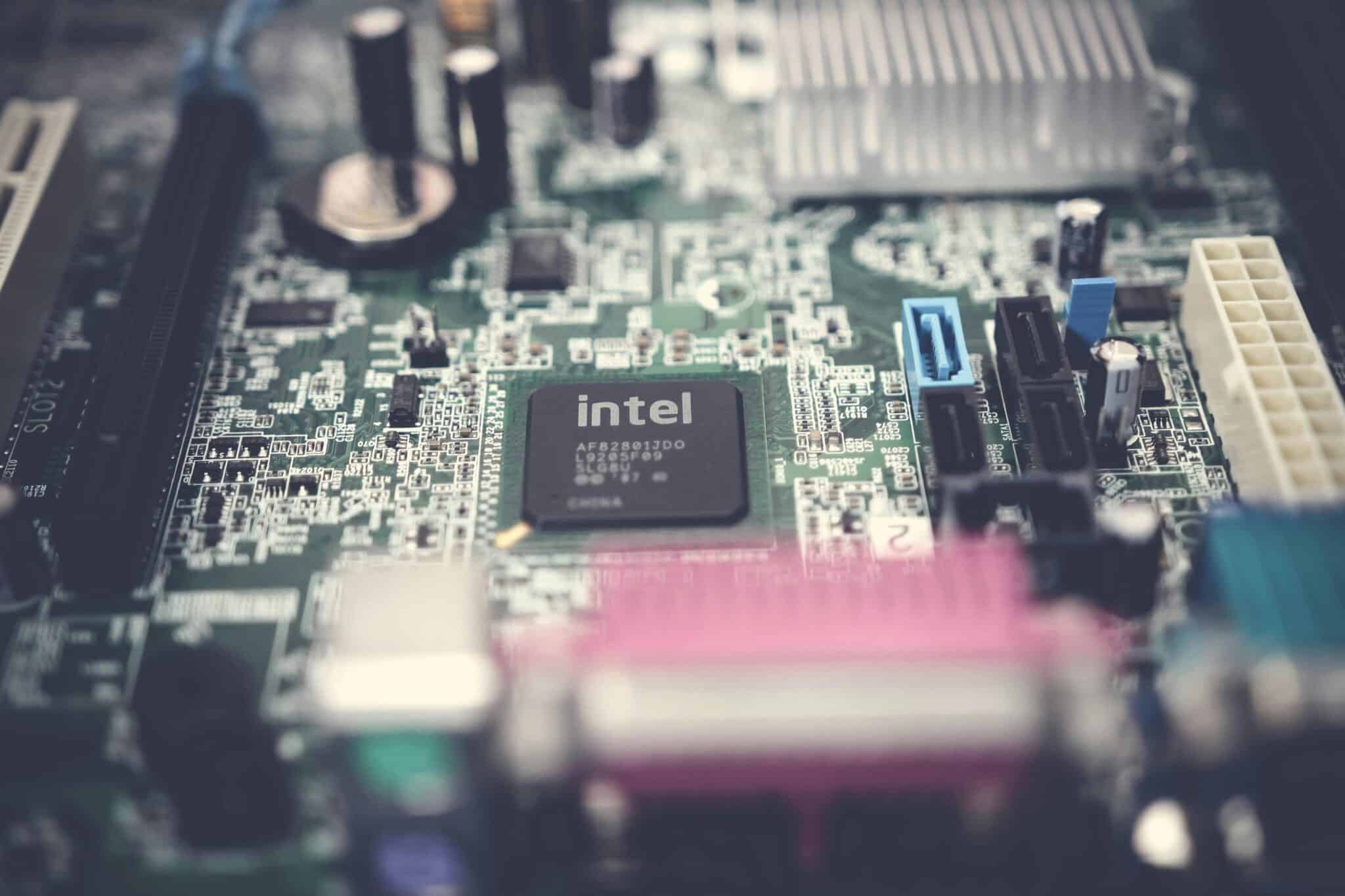
Meteor Lake – Redefining Intel™ Architecture
Posted on March 26, 2024
The brand-new Meteor Lake from Intel™ architecture is already making waves, as it is quite a leap from the company’s current paradigm. But what makes it so different?
A New Approach
For the most part, Intel’s basic processor architecture has remained the same over the decades. Every generation just aims to pack more power onto the die by further refining the fabrication process, making it more expensive yet efficient.
But this method had started to bottleneck, and thus Intel started experimenting with a new method – Chiplets. After trying out this approach in its Hybrid Core processor in the 12th Gen Alder Lake, it has finally integrated it as its new mainstay with Meteor Lake.
This method not only changes the processor architecture itself but also the process through which the chips are fabricated, using a more cost-effective “tiling” method.
Chiplets and a Modular Architecture
At the core of this new architecture are chiplets. Pioneered by AMD, this approach has revolutionized the process of chip fabrication, with all leading manufacturers quickly jumping on the bandwagon.
The concept is pretty simple – instead of trying to bake an increasingly complicated array of circuits into a single wafer, produce smaller chiplets separately and then combine them into a whole.
Each of these chiplets can specialize in an entirely different direction, allowing the resultant processors to cater to a broad range of needs without any complex juggling. These chiplets are also much easier to design and produce, decreasing production costs significantly.
Unlocking AI Chips
AI applications have been making great strides, but the hardware hasn’t caught up yet. Most systems in use (especially for embedded computing), lack discrete graphic cards that could do the requisite number crunching.
GPUs aren’t even the ideal processing units for AI anyway – the kind of computation required by these algorithms needs an entirely different sort of chip. And while we do have the technology to meet this need, the problem is integrating it into standard offerings.
Since microprocessors are traditionally fabricated as a single wafer, combining standard processor cores with GPU or AI cores is difficult, if not outright unfeasible. But chiplets change that.
Separate Technologies, One Chip
With chiplets, a single processor can combine separate CPU, GPU, and AI cores on a single unit, letting it specialize in different kinds of computations cost-effectively. This is what allowed AMD’s Ryzen chips to dominate the market, offering actual GPU cores on its processor.
And now Intel’s Meteor Lake further refines this multi-chip approach by offering a CPU, a GPU, and an NPU (Neural Processing Unit) on the same processor. This allows the resultant chip to tap into the required module depending on the workload, making low-power systems adept at handling AI or graphic-intensive tasks without a separate GPU.
This also means that these separate chiplets need not be fabricated using the same process; different lithographic processes are chosen to give the most efficient production cycle for each type of chiplet.
A Mobile Processor
While Intel fully intends to switch over to this new architecture for all of its processors eventually, for now they have decided to keep the Meteor Lake focused on low-power processors only. This means laptops and embedded PCs get to take advantage of this new technology first.
Desktop PCs are getting one final generation of the standard architecture: the Raptor Lake Refresh. Numerically the 14th Gen of Intel processors, this is intended to be the last generation of processors to use the old approach – though of course process improvements mean it offers better performance than its predecessors.
Is this the Future of Processor Technology?
The growing adoption of AI means that computers – both on the hardware and software side – are scrambling to meet this new demand. Windows plans to roll out a new version supporting low-level AI integration, Intel is packaging NPU cores into its new chips.
Together, these represent the industry’s move into the new age of AI computing. Even aside from AI, this multi-chip module architecture breaks past the bottleneck throttling further performance improvements.
We can now expect more powerful processors to continue rolling out over the years, combining cores of different clock speeds and capabilities into a single package. And this comes at improved cost and power efficiency, which is crucial for industrial computers operating at scale.
